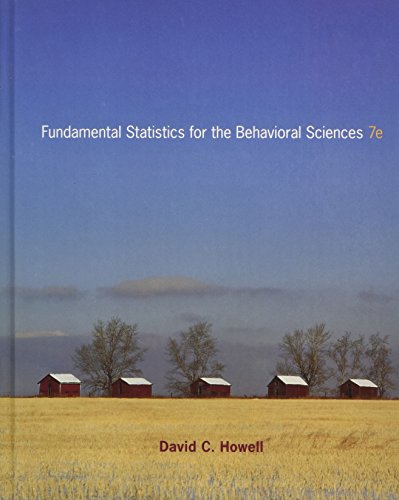The Chicago Tribune of July 21, 1995 reported on a study by a fourth-grade student named Beth
Question:
The Chicago Tribune of July 21, 1995 reported on a study by a fourth-grade student named Beth Peres. In the process of collecting evidence in support of her campaign for a higher allowance, she polled her classmates on what they received as an allowance. She was surprised to discover that the 11 girls who responded reported an average allowance of $2.63 per week, but the 7 boys reported an average of $3.18, 21% more than the girls. At the same time, boys had to do fewer chores to earn their allowance than did girls. The story achieved considerable national prominence and raised the question of whether the income disparity for adult women relative to adult men may actually have its start very early in life. (Good for Beth!)
(a) What are the dependent and independent variables in this study, and how are they measured?
(b) What kind of a sample are we dealing with here?
(c) How could the characteristics of the sample influence the results she obtained?
(d) How might Beth go about “random sampling”? How would she go about “random assignment”?
(e) If random assignment is not possible in this study, does that have negative implications for the validity of the study?
(f ) What are some of the variables that might influence the outcome of this study separate from any true population differences between boys’ and girls’ income?
(g) Distinguish clearly between the descriptive and inferential statistical features of this example.
Step by Step Answer:

Fundamental Statistics For The Behavioral Sciences
ISBN: 9780495811251
7th Edition
Authors: David C Howell






